Blog - NiSi 15mm f/4 ASPH Review
Reviews | by Michael Breitung
Over the past few weeks I had the chance to test the NiSi 15mm f/4 ASPH lens and in this article and the accompanying video I want to give you my thoughts on it.
Below I gonna share some general information, talk about build quality and size, take a very close look at sharpness and other optical characteristics of the lens before giving my final verdict. At the end you will also find an in depth video, in which I compare the NiSi lens to the five times as expensive Canon 15-35 f/2.8.
General Information
The NiSi 15mm f/4 ASPHERICAL is NiSi’s first lens and it is available for different mounts, the Sony E, the Nikon Z, the Fuji X and the one I was testing, the Canon RF mount. At 15mm it is an ultra-wide lens and it covers an aperture range of f/4 up to f/22. It’s important to note that despite the 15mm in the name it is actually a bit wider than that, more of a 14.5mm lens.
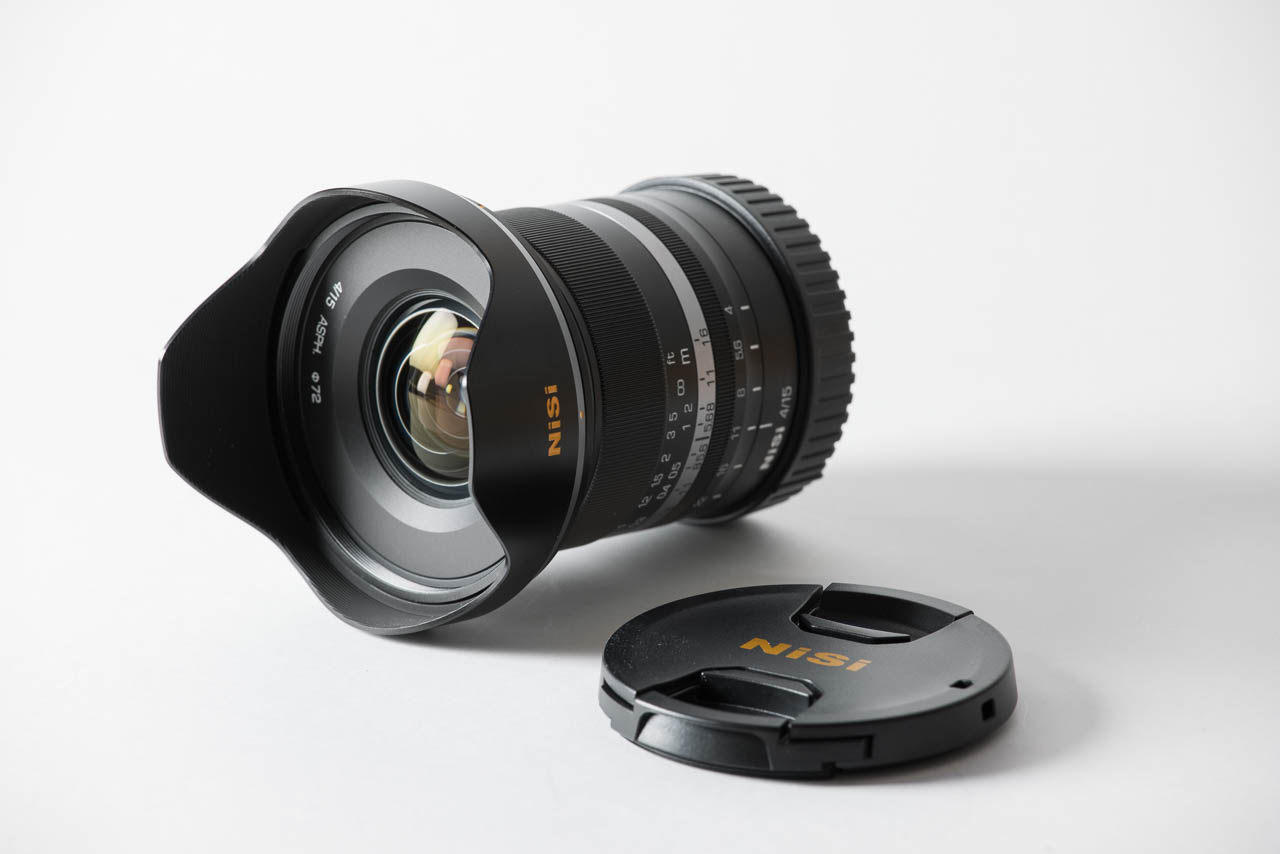
Unlike many ultra-wide lenses that have a very bulbous front element, which does not allow for normal screw filters to be used with such lenses, the NiSi has a very small front element. It has a 72mm screw mount where you can attach normal filters – something that for me personally is very important. It also comes with a lens hood and a little pouch.
A unique characteristic of the lens is the design of the 10 straight aperture blades that allow for very clean sunstars over the complete aperture range. I will show you some examples later in this article – it’s quite impressive.
As for its price it is currently available for 479 Euros, which makes it a nice entry level lens. Now the question is, what do you actually get for that price and can this lens deliver professional grade image quality?
Build and Size
Lets first look at its build quality and size. It comes in a very compact form factor and when I first unboxed it I was quite surprised how small it was compared to my huge Canon lens. It’s roughly half the size and weighs less than 500g.
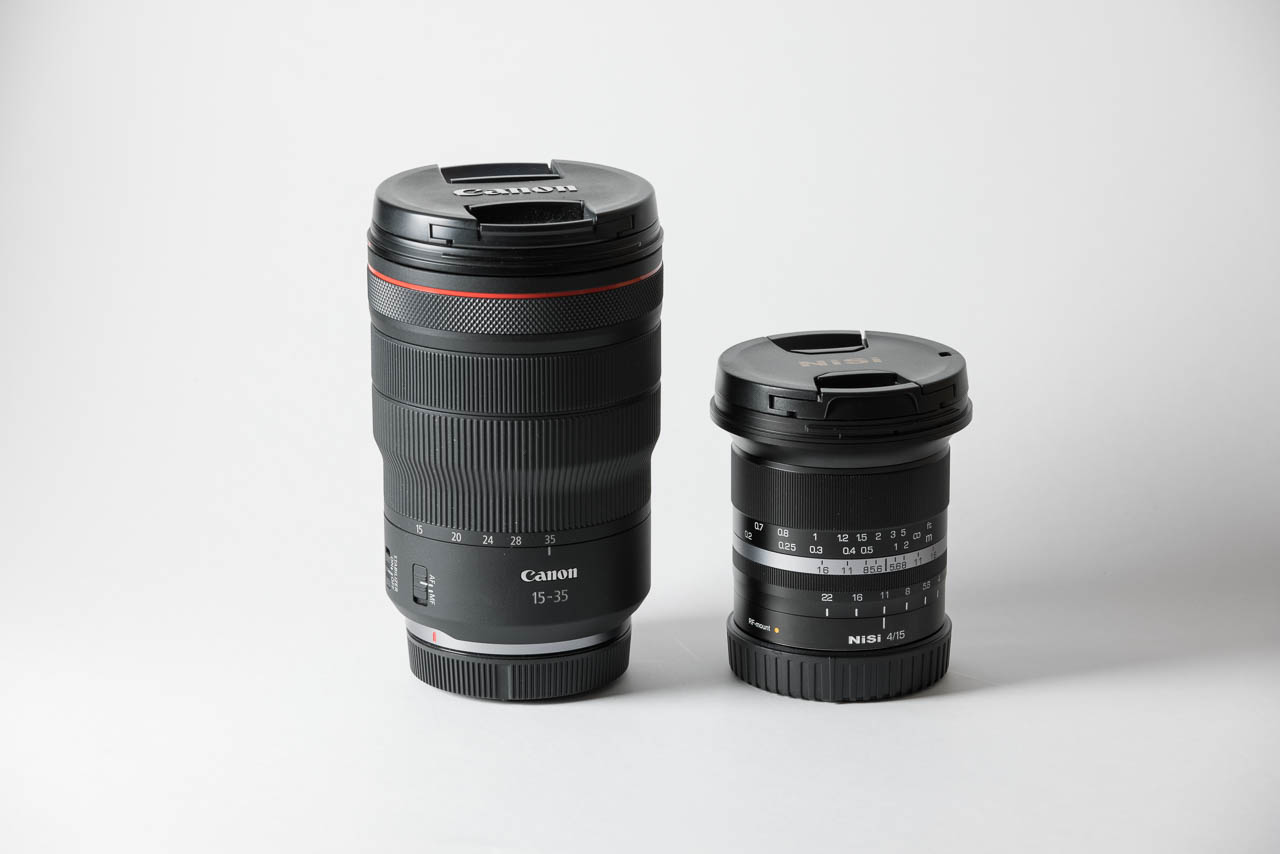
What also surprised me was how solid and well made it felt. The housing and mount are metal, which make the lens feel very robust. If only they would have also added a little rubber ring to the mount to improve weather sealing – this would have been perfect. I always wonder, why this is not done on cheaper lenses. Is it really so much more expensive in production? NiSi is not alone here, that’s common practice for most lens manufacturers.
Fully Manual
An important thing to note about this lens is that it is minimalist. It is fully manual, meaning not only the focus is controlled by a ring on the lens but also the aperture. I think keeping features at a minimum was also something that enabled NiSi to focus on other aspects like build quality and optics.
And for a wide lens with a fixed focal length it’s not that big of a trade-off. At 14.5mm it’s hard to screw up focus, especially with the very helpful scales on the lens that show exactly what the focal range is for the different apertures. Also with the excellent live view in modern cameras it’s usually no problem to get the focus right. Many cameras even show little highlights for the areas that are in focus to support manual focus.
The only thing that I don’t like about the fully manual operation is that there is no communication with the camera at all. This means there are no Exifs coming from the lens that show at which aperture I took a photo. The camera doesn’t even know a lens is attached. So an important first step before shooting with the NiSi lens is to activate a setting that allows the camera to release the shutter without a lens attached to it. Otherwise it will do nothing even with the NiSi lens attached. That’s no big deal but it’s something you need to know.
Image Quality
Build quality is important, but even more important for me is the detail and sharpness a lens can deliver. I’m a pixel peeper and I invite you to do some pixel peeping with me now. Below you will find a set of images taken of a static subject in my office. These photos should give a good overview of what this lens is capable of. To view them bigger and to easily switch between them, just click on any of the images to enter full-screen mode.
Center Sharpness at f/4
In its center the lens produces excellent sharpness. I compared it to my very expensive Canon lens and I didn’t see any difference. Already at f/4 the NiSi lens shows perfect details.
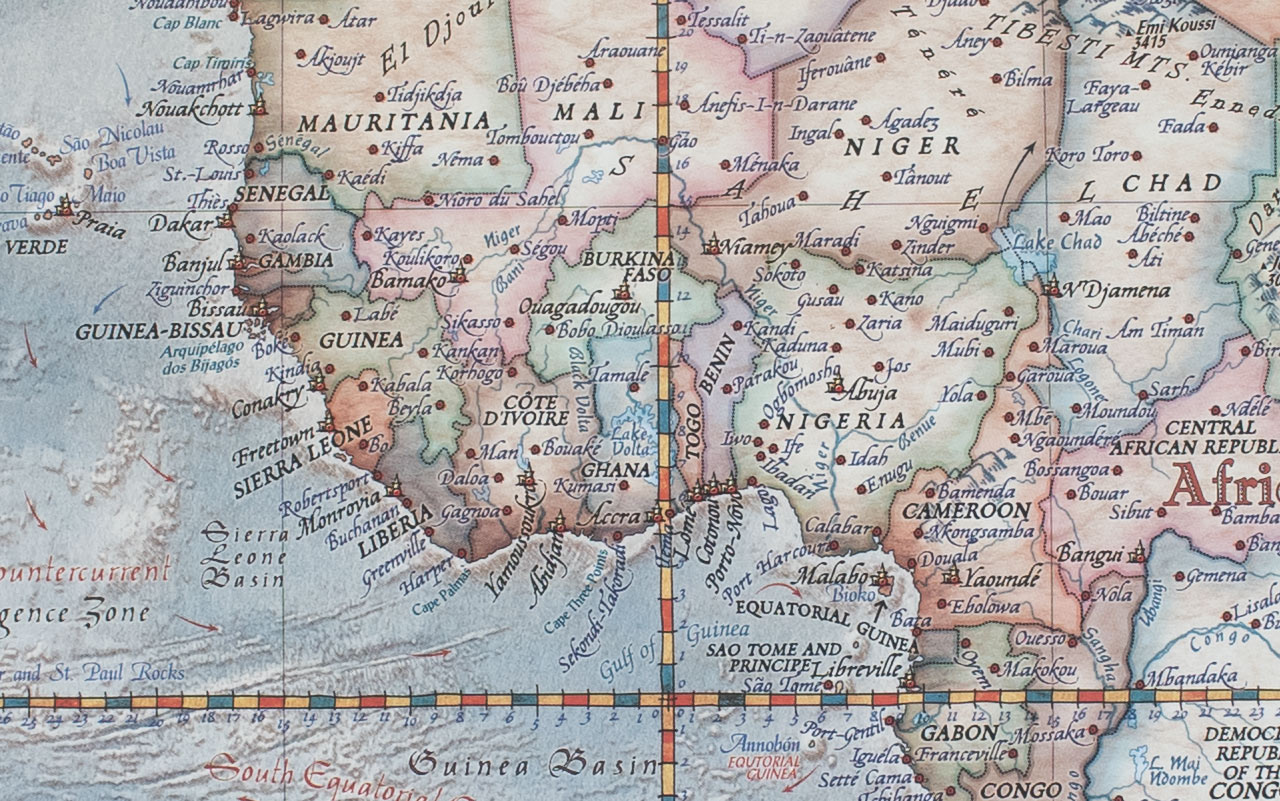
Corner Sharpness at f/4
If it wasn’t for the corners, there would be no need to stop down the NiSi lens. Above you saw the very good detail it produces in its center. The corners though are a different story and make this lens for me personally unusable at f/4. That’s typical for many lenses – at their widest they usually have deficits when it comes to corner sharpness.
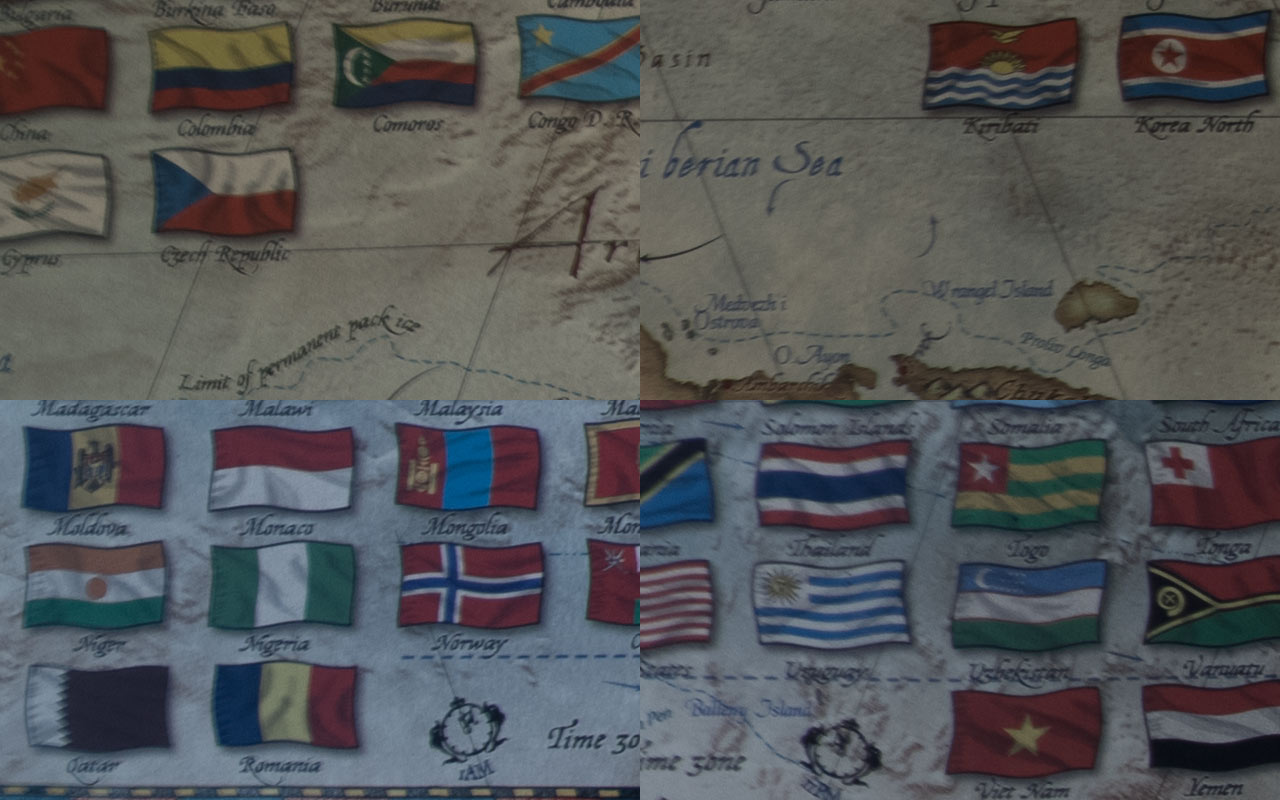
Corner Sharpness at f/5.6
It’s positive to observe though that already at f/5.6 the corners get much sharper. This is already something to work with and just the very outer edges are a bit soft.
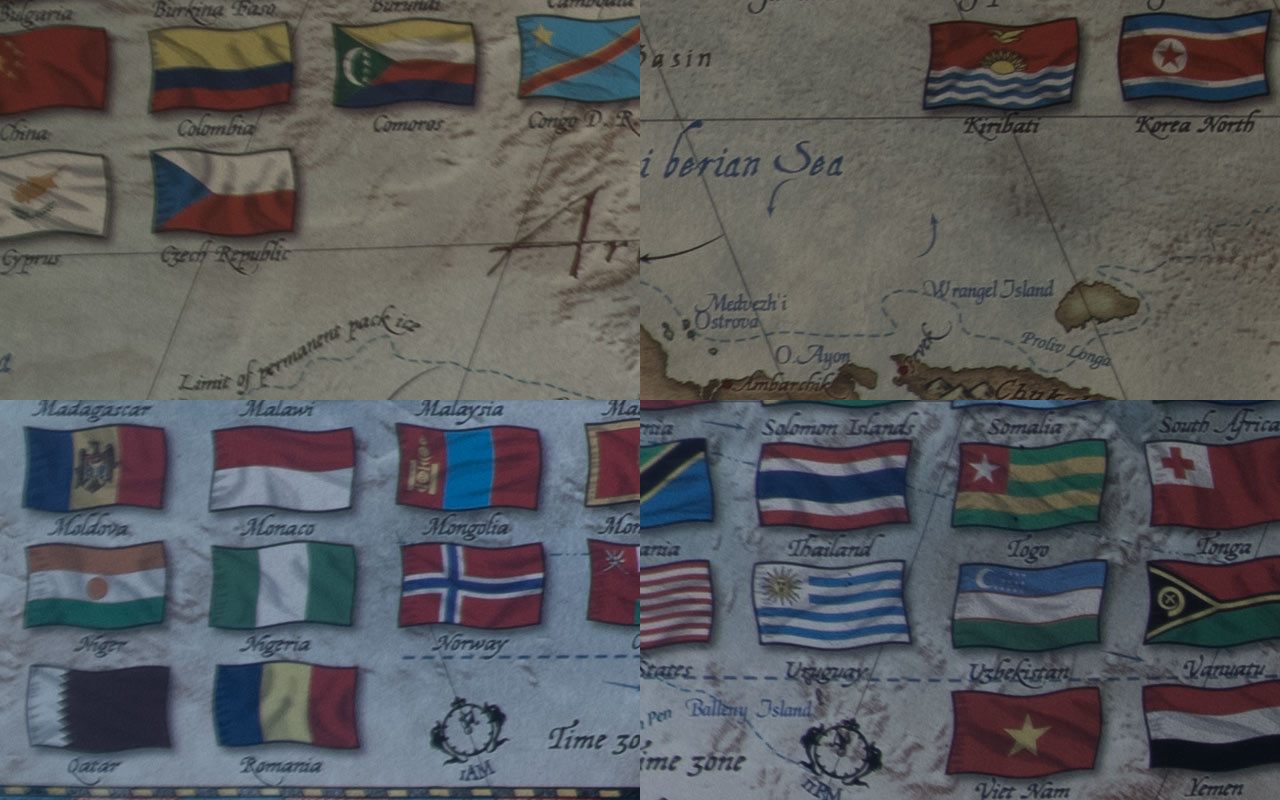
Corner Sharpness at f/8
The sweet spot of the lens lies at f/8. Far below the diffraction limit of many cameras this is where the lens shows the most balanced detail throughout the frame.
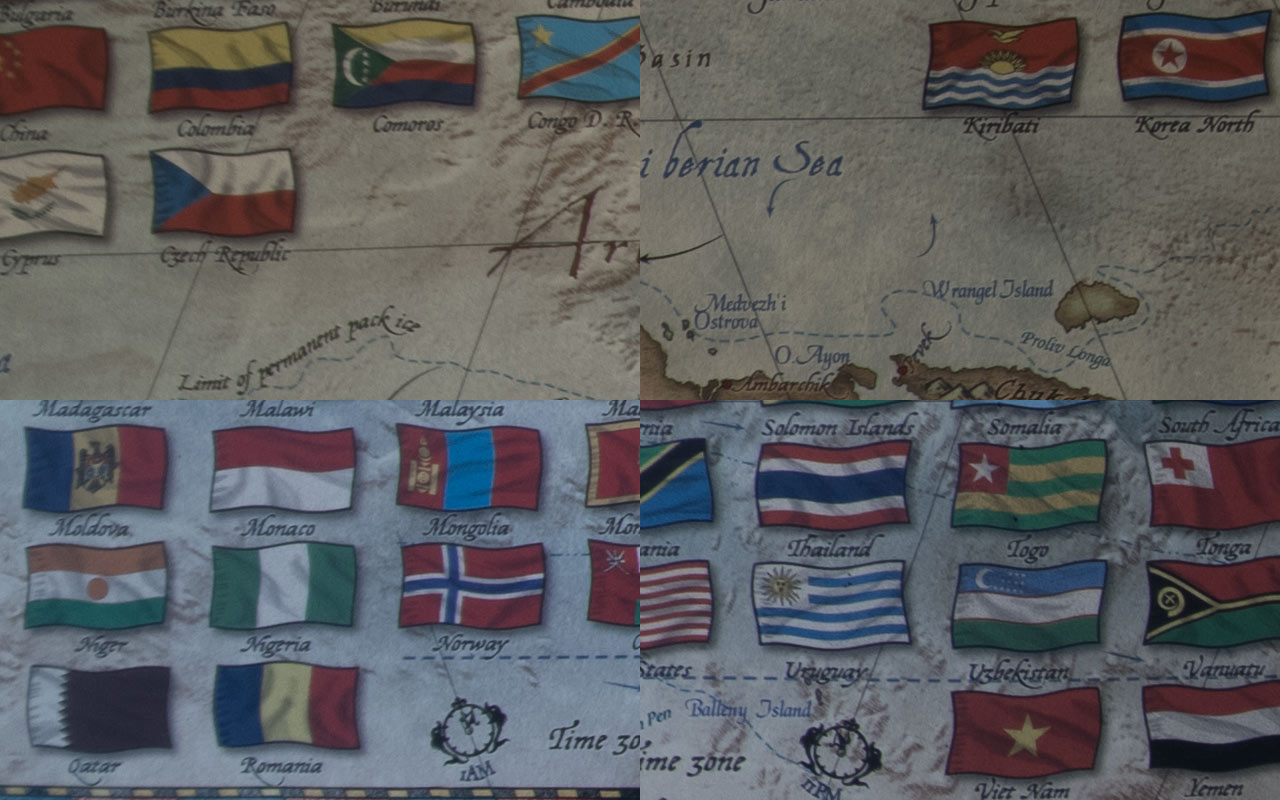
This makes the NiSi lens perfect for typical architecture and landscape photography. If you don’t want to shoot the stars this lens is a good option that can delivery professional grade results.
Distortion
If you inspect the lower part of the photo below, you will also see that there is not much distortion with this lens. I didn’t have a lens profile, so this is really how the images look without any processing.
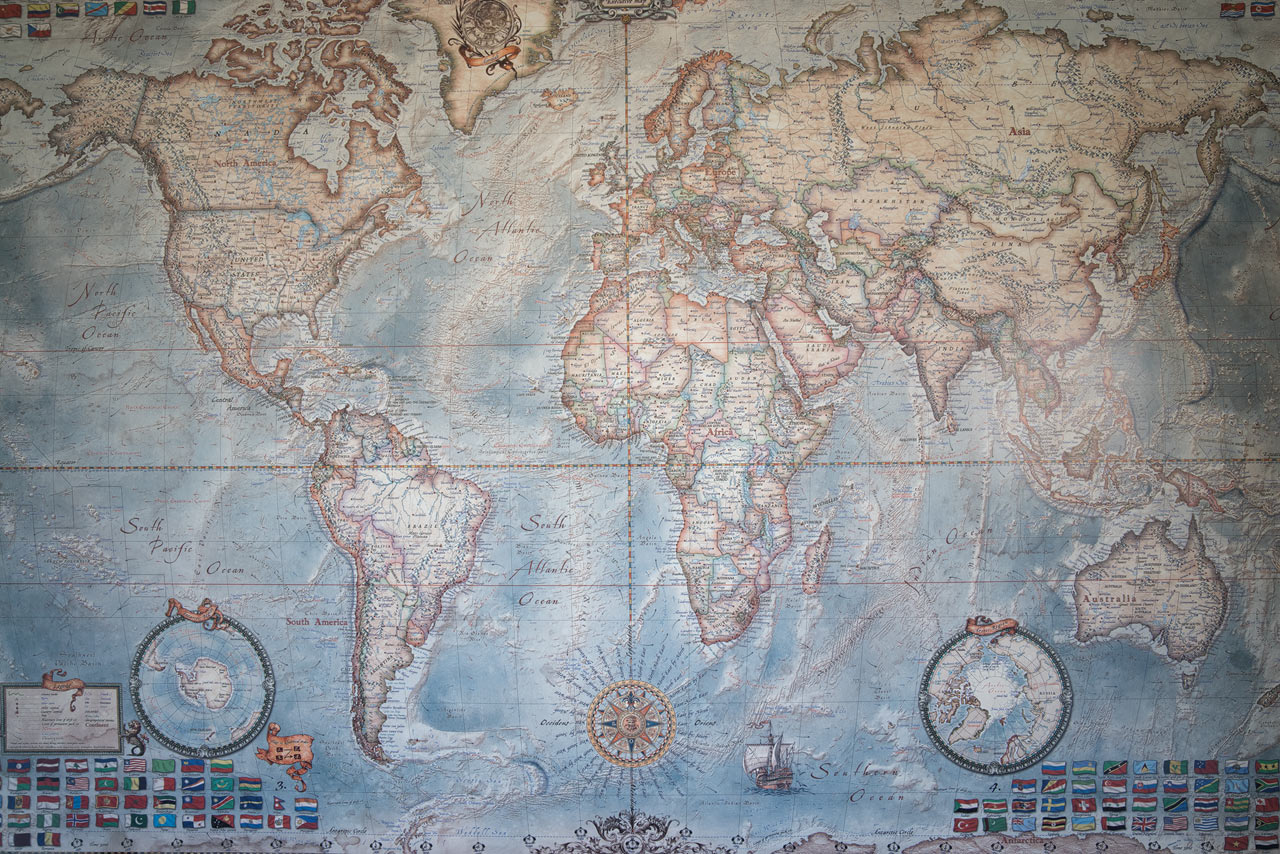
Cromatic Abberation
Chromatic Abberation is often a problem with wide lenses that usually becomes visible at high contrast edges towards the corners of the images. With the NiSi lens it is well controlled though. When I was out shooting architecture in Nuremberg one evening and later processed the images I didn’t notice much of it. Without activating the CA reduction in Lightroom you can see it at some high contrast edges (left side), but it can be easily removed with the click of a button (right side).
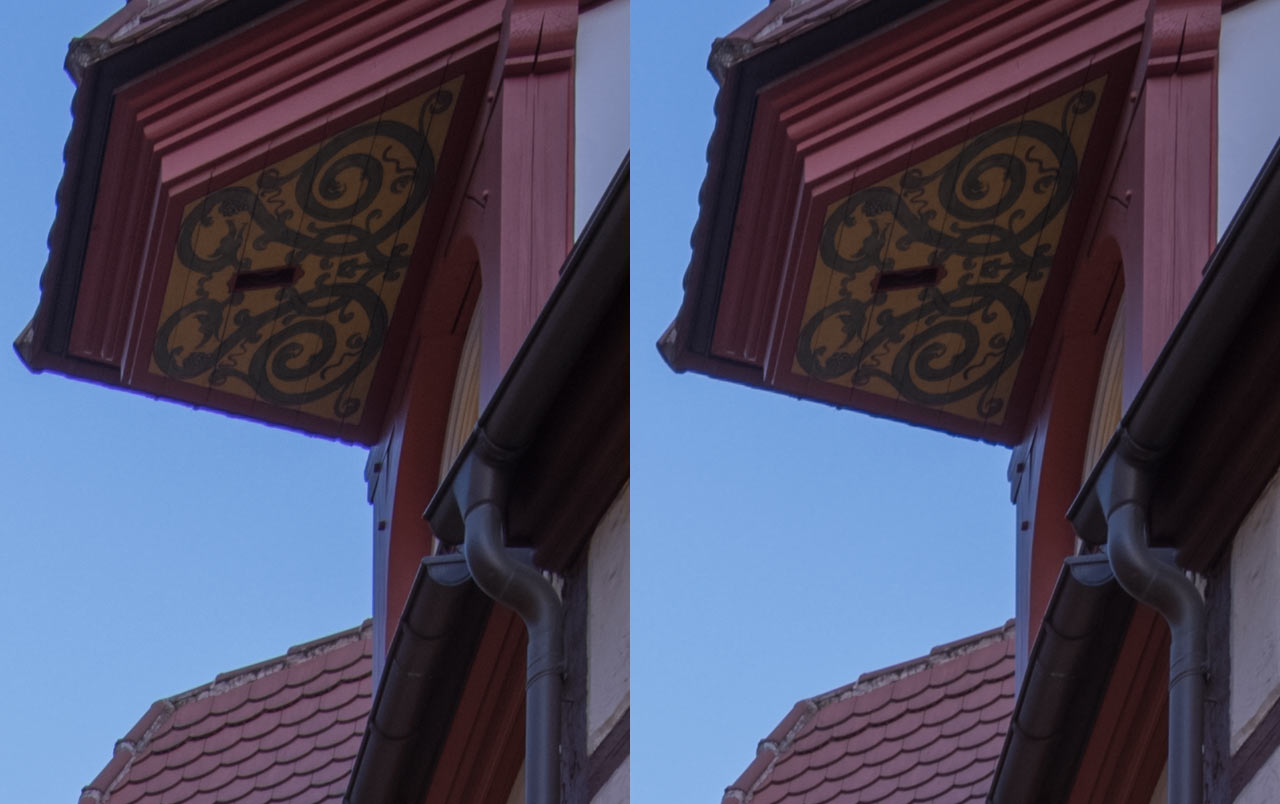
Sunstar
The sunstar this lens produces is really a piece of art. I will just let the two images I took in Nuremberg speak for themselves here. And in the video at the end of the article you’ll also see a comparison to the sunstar the Canon 15-35 lens produces. Canon with their wide angle lenses was always the king of sunstars. Well, I guess NiSi wants to have that crown with the very clean spikes it produces.
Also, what I should mention here, shooting directly into the direction of a light source didn’t produce any more lens flares than on my Canon lens. Looking at the raws I could barely see any and just under close inspection some minor flares became visible. If you are interested how to remove lens flares, check out this tutorial video of mine.
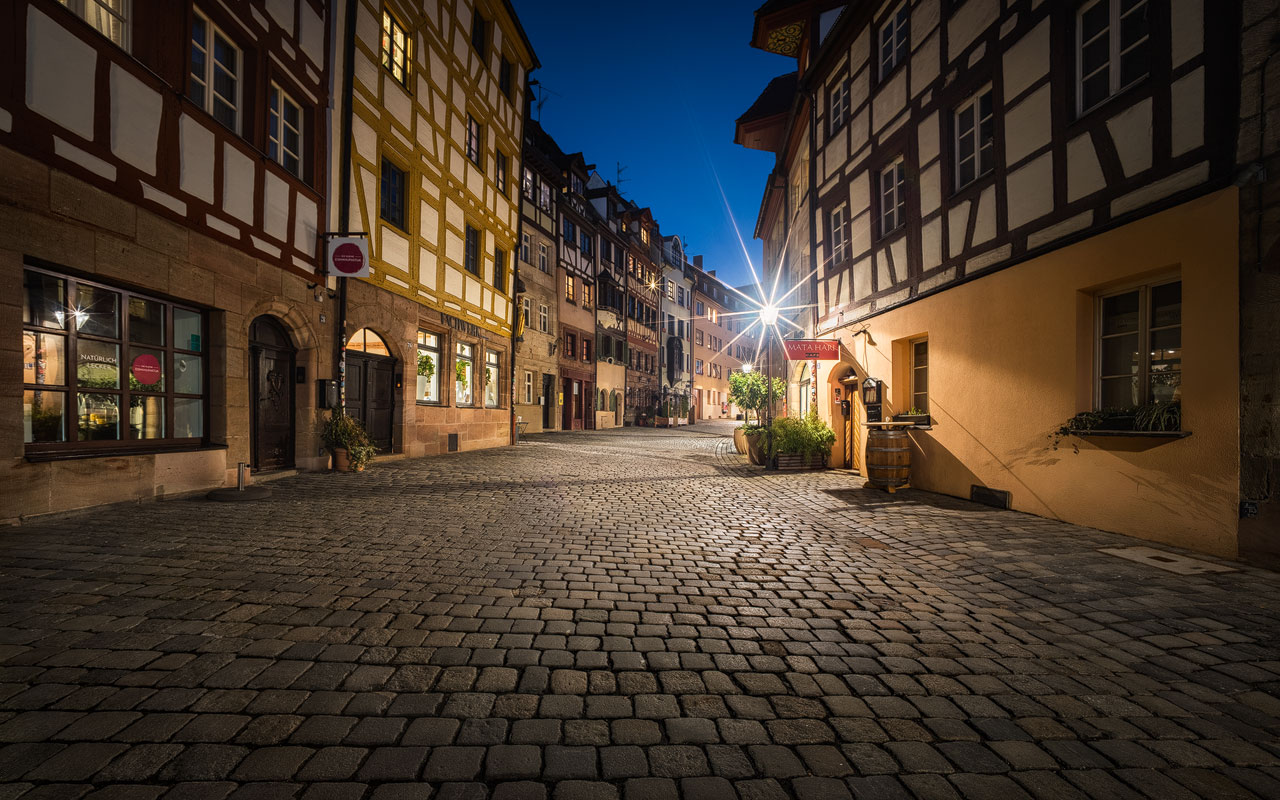
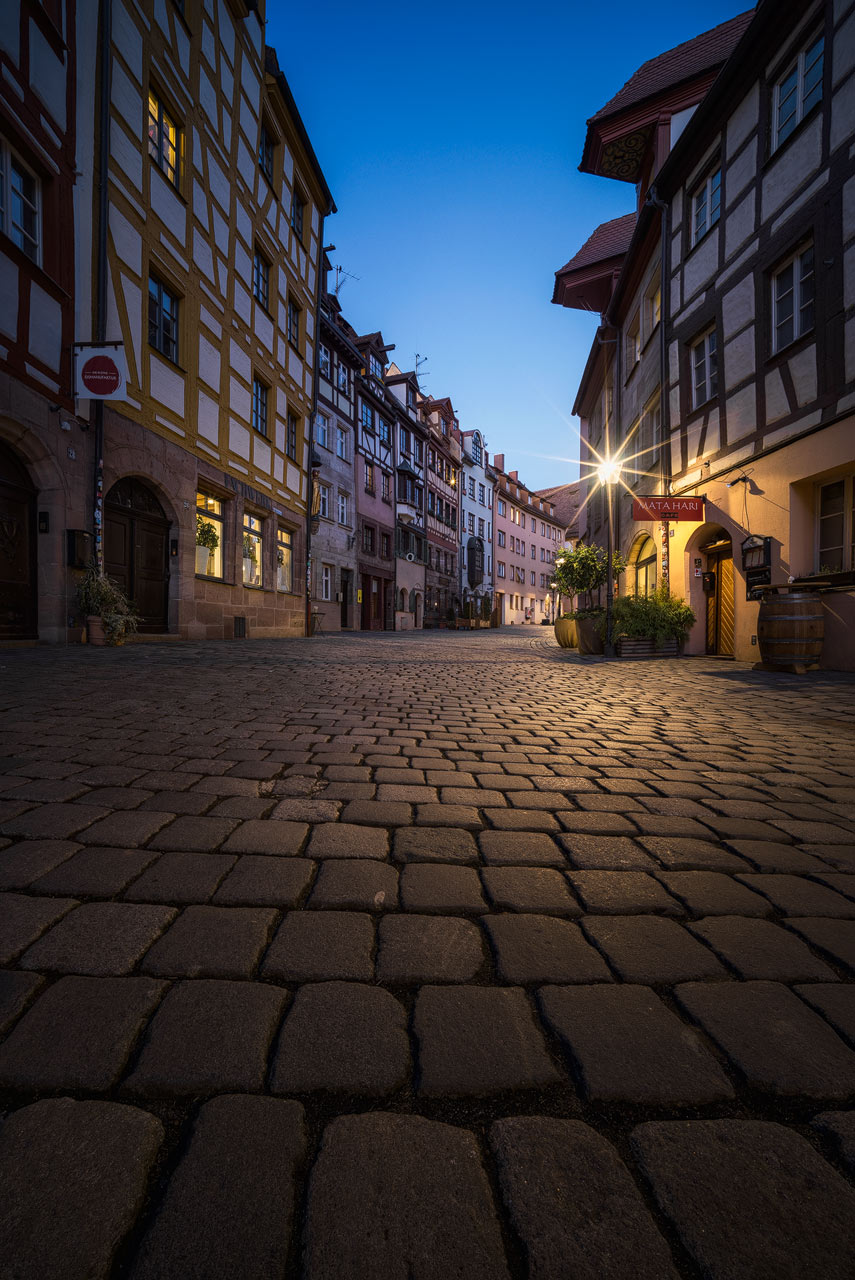
Final Verdict
The big question now is, for whom do I think this lens is for. I personally shoot nearly 80% of my photos with my Canon 15-35mm lens and for me it is important to have some focal range I can cover with a single lens. Also, since I like to do night photography from time to time, I need an f/2.8 lens that already delivers great sharpness wide open. So despite being a solid performer, the NiSi 15mm is not the right lens for me personally.
I think the NiSi 15mm f/4 ASPH is a perfect addition, if you already cover the normal focal range and the telephoto range with a set of lenses and you don’t want to add yet another heavy lens that costs a fortune to your kit. The NiSi lens wouldn’t add much size and weight and still deliver very good image quality when you need to capture a really wide view. Because of the beautiful sunstar it produces I think it is especially well suited for architecture photography where you have some light sources in the frame.
The NiSi lens would also be a good companion, if you want to build more of an entry level camera setup. The Canon RP for example is not a great match for the 2400 Euro Canon 15-35mm lens, which I use on my R5. If you’re on a smaller budget and still want to shoot very wide, the NiSi 15mm lens is a great option to consider.
